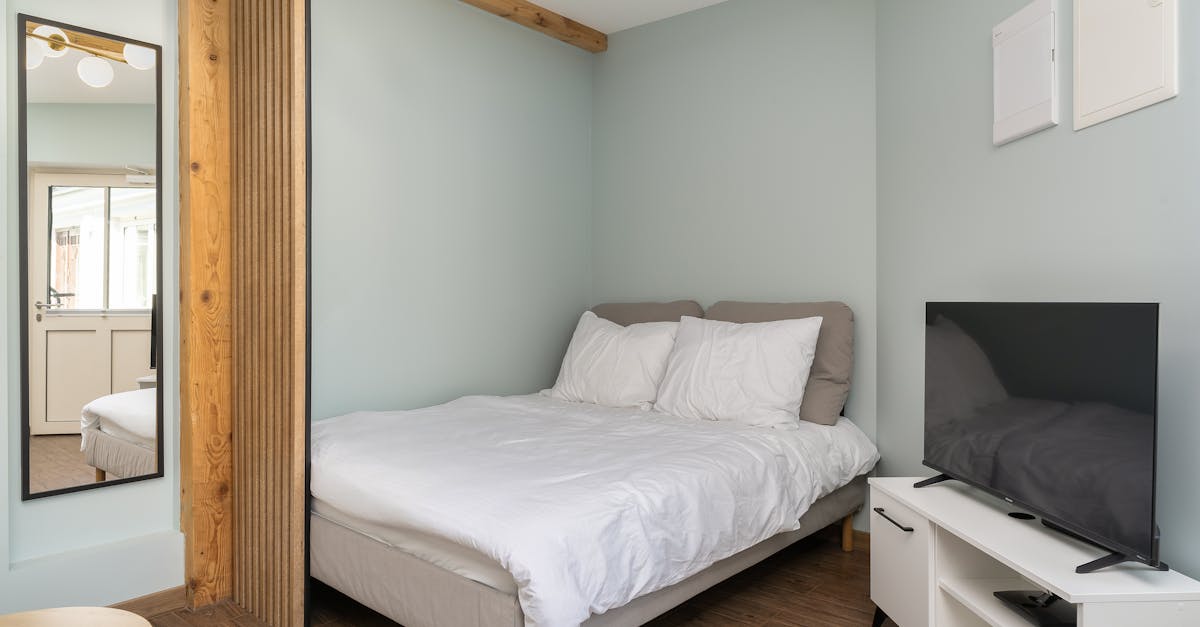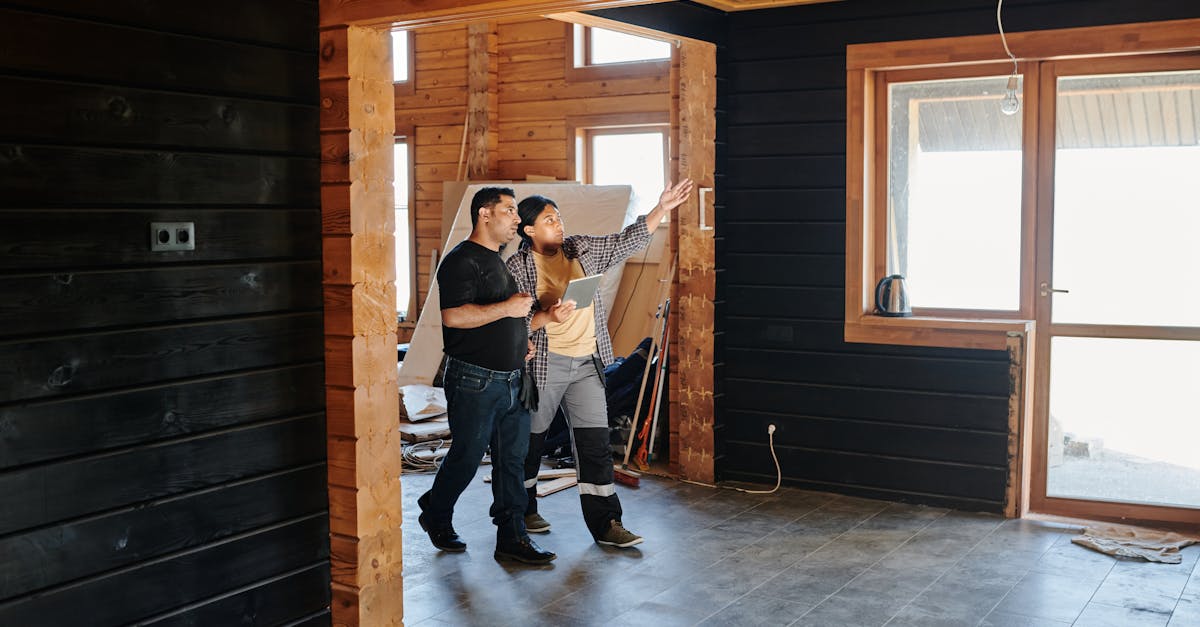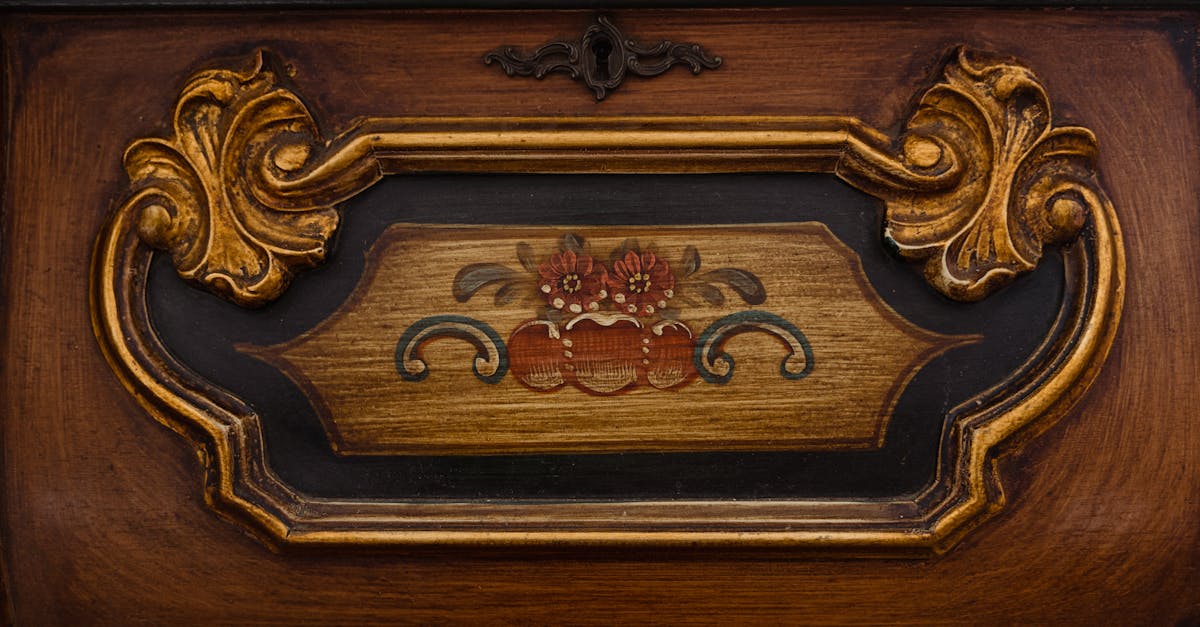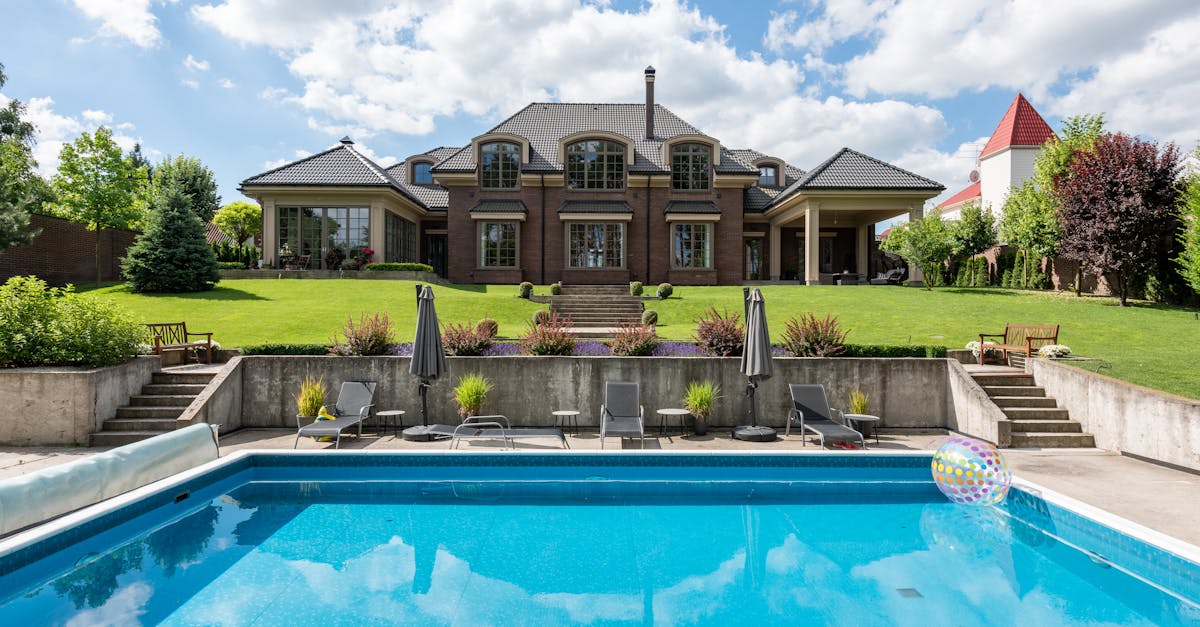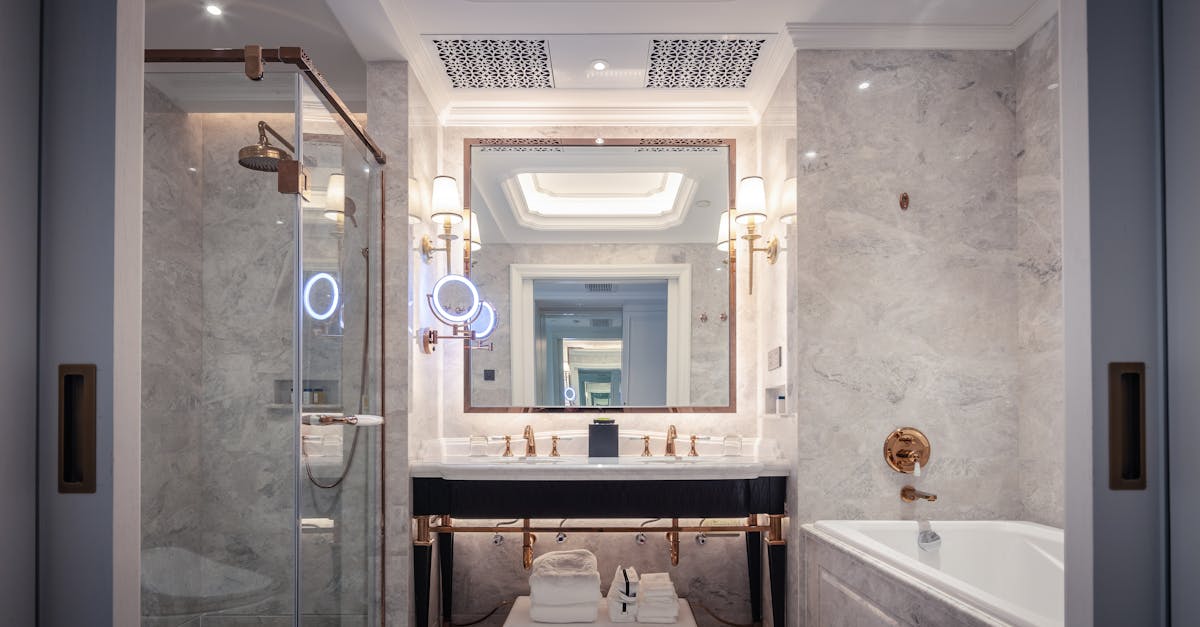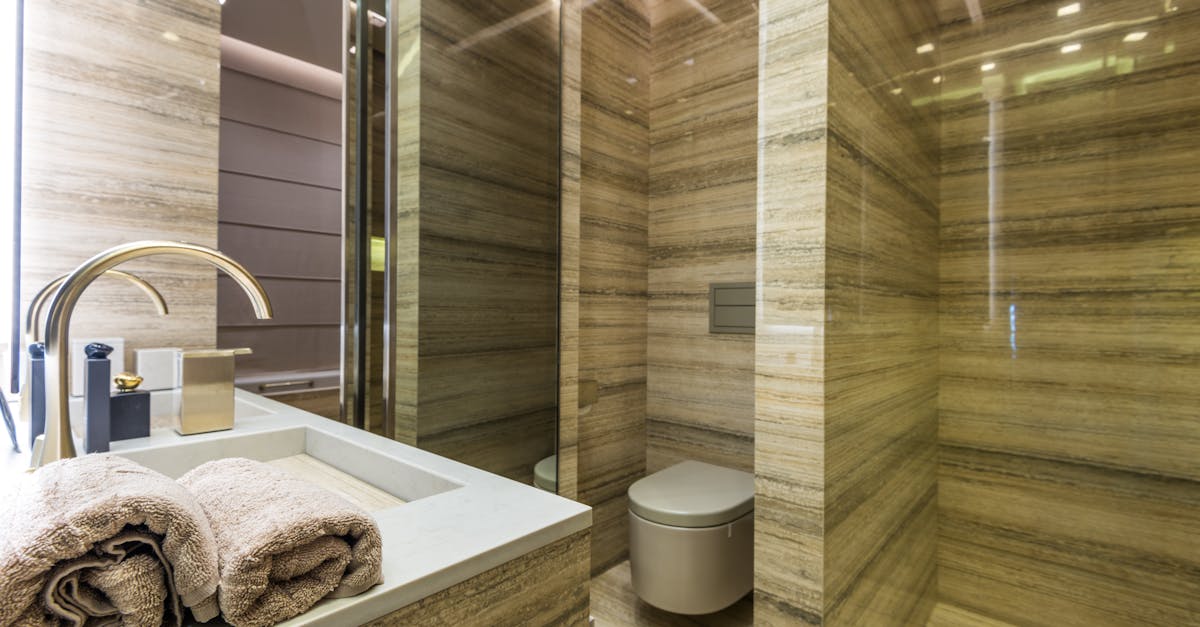Choosing the Best Paint for Moisture Prone Areas
Introduction
When working in high moisture areas such as bathrooms, basements, or kitchens, selecting the right type of paint is crucial. Not all paints are suitable for these conditions, as increased moisture levels can cause mold, mildew, or peeling. Discovering the best paint for high-moisture areas can protect your home's walls and enhance its appearance.
Advertisement
Why Moisture Matters
High moisture levels in a room can lead to significant damage over time. Poorly chosen paint can bubble, peel, and even promote mold growth. Ensuring you choose the appropriate paint type will prevent frequent repaints and costly repairs. Specialized paint formulations exist to handle moisture better than regular types.
Advertisement
Understanding Paint Types
Paints are available in various types, each with unique characteristics suitable for different environments. For high moisture areas, focusing on water-resistant, mold-resistant, and durable paint is vital. There are primarily two types of paint to consider: oil-based and latex-based, with latex paints often being the preferred choice for humid environments.
Advertisement
Water-Resistant Paints
Water-resistant paints contain resins that create a water-repellant barrier on the wall surface. This characteristic makes them ideal for areas exposed to consistent moisture, like bathrooms. Sherwin-Williams and Behr offer an array of water-resistant paints specifically designed for humid areas, ensuring better performance and longevity.
Advertisement
Mold and Mildew Resistant Options
Mold and mildew resistant paints incorporate antimicrobial agents that combat mold spores. These paints are significant for health reasons, especially in the bathroom, where mold thrives. Brands like Zinsser Perma-White and Rust-Oleum offer reliable mold-resistant paints that cater to high humidity environments.
Advertisement
Sheen Matters
The paint sheen you choose impacts the maintenance and aesthetic appeal of the room. In high moisture zones, gloss or semi-gloss finishes are recommended as they are wash-resistant and moisture-repellent. They also contribute to a brighter appearance by reflecting more light, a bonus in sometimes dim areas such as basements or bathrooms.
Advertisement
Preparation is Key
Before application, wall preparation is critical for long-lasting results. Surfaces should be clean and smooth, eradicating any existing mold, dirt, or peeling paint. Using a primer enhances paint adhesion and provides additional protection against moisture. A primer-sealer that is specifically meant for damp conditions is the best choice.
Advertisement
Application Tips
Applying paint in high moisture areas isn't the same as other rooms. Using high-quality brushes or rollers is essential for a smooth finish. Additionally, paint should be applied in thin, even layers to avoid excess coats, which can contribute to peeling. Ventilating the area and allowing ample drying time between coats are vital steps.
Advertisement
Knowing When to Repaint
Keeping an eye on your painted surfaces is key to maintaining an inviting and safe environment in high moisture areas. Signs like chipping, discoloration, or a mildew smell indicate it's time for a repaint. Regular inspections and timely interventions extend the life of the paint and the underlying surface protection.
Advertisement
Conclusion
Finding the best paint for high moisture areas involves understanding paint characteristics, careful preparation, and regular maintenance. With options available like mold-resistant or water-repellent paints, you can keep your home safe and aesthetically pleasing. Proper application and protective measures ensure that these areas remain beautiful and functional for years to come.
Advertisement
